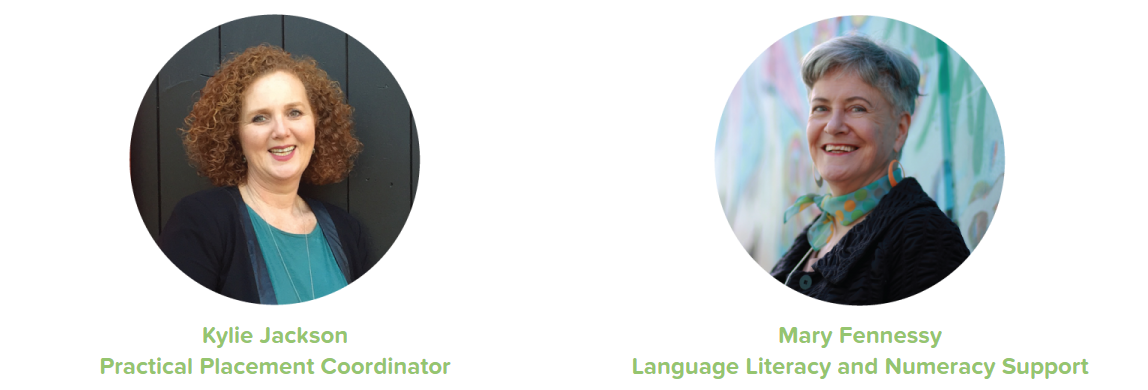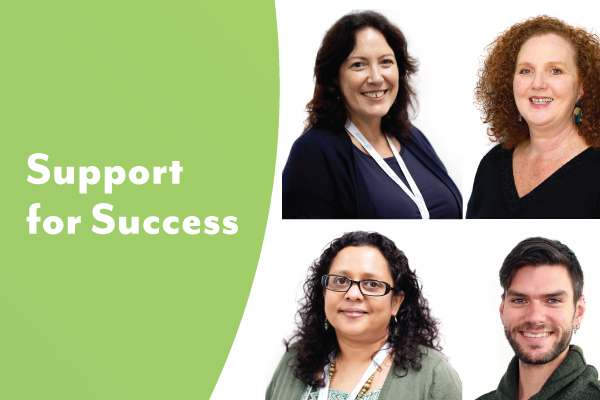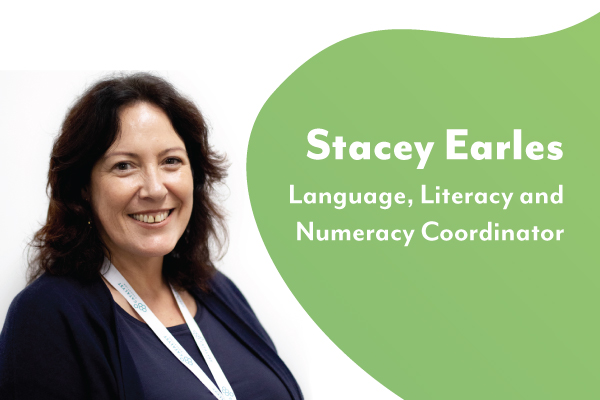Gaining knowledge and skills in a real-life setting is an essential part of your training when undertaking an early childhood course. With practical placement, you get the chance to apply what you have been learning and gather firsthand experience working in an early childhood workplace environment.
While you will have the support of your trainer and early childhood professionals at your placement location, starting practical placement can be exciting but also a little nerve-racking. Preparation is the key to practical placement success and will help you get the most out of your experience.
This short guide will ensure that you feel ready when it’s time to head to your practical placement.
Get organised in advance
Before your first day, it’s important to make sure that you have all the information you need. What time do you start, what is the address? Pre-plan how you will get there and aim to be ten minutes early to make a good impression. Punctuality shows respect for service you are working with and minimises any disruption to the session for educators, children and families.
Look the part
When working within early childhood education, it’s important to be presentable whilst also being comfortable. Minimal jewellery and make-up should be worn and long hair should be tied back. Make sure you find out if there is a dress code or uniform prior to commencing with your service, but otherwise dark pants, a comfortable top and closed-toe shoes should be appropriate. Long nails aren’t recommended and don’t forget to bring a hat in accordance with the SunSmart policy!
Show a willingness to learn
Head into your practical placement with a sense of enthusiasm. Ask questions, be proactive, take initiative and don’t be afraid to give things a go when the opportunity arises.
Social media
Your social media accounts can have a serious impact on your early learning service and your future! Do not post anything about your experiences in a public, online platform, however private it may seem. Friending families on social networking sites is not recommended as it is not professional. Your service will have a policy detailing the social media guidelines for further information.
Be aware of policies
Dress code, social media, photos, confidentiality, smoking — every service has a range of policies which you are expected to abide by while you are on practical placement. We have practical placement guidelines for our learners to follow too, for example; we ask that all mobile phones remain in the staff room or office area while you’re on placement and we remind students that they should never post about their experience in practical placement on social media to ensure everyone’s privacy. It’s best not to make assumptions about the rules — ask what is expected if you are unsure, as the policies are in place to keep everyone safe and comfortable.
Get the support you need!
Need support in the lead up to commencing practical placement? There is plenty of guidance available to you on your learning journey and the Practical Outcomes team will be more than happy to help. Meet our support team here.
Real skills for real outcomes
The learning undertaken through practical placement can give you the real-world skills that will take your confidence and capabilities in early childhood to the next level and open doors for a meaningful career in early childhood education.
Check out our early childhood education courses here.




